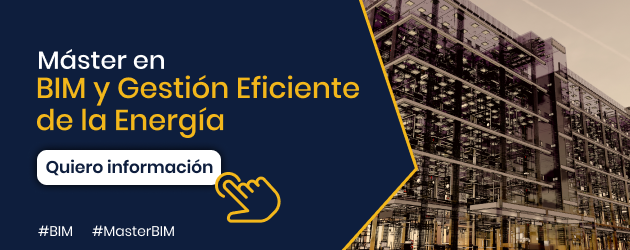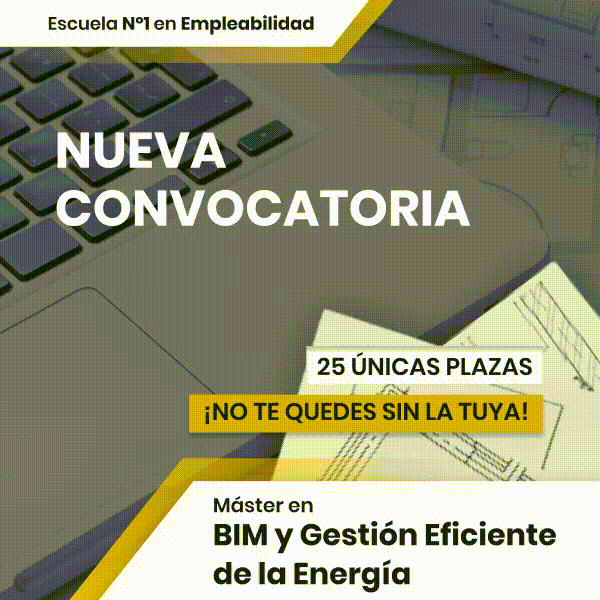Royal Decree 450/2022, of June 14, modifies the Technical Building Code.
On June 14, Royal Decree 450/2022, of June 14, which modifies the Technical Building Code, was published in the Official State Gazette. This Royal Decree, mainly, establishes a new quality requirement in buildings that requires the provision of a minimum infrastructure for recharging electric vehicles. This requirement is developed in a new section of the DBHE, Section HE6, article 15.7.
The Royal Decree also modifies Royal Decree 1053/2014, of December 12, which approves the Complementary Technical Instruction ITC-BT 52 of the Low Voltage Electrotechnical Regulation, a technical instruction that establishes the minimum provisions for vehicle charging infrastructure electric associated with both buildings and parking not attached to buildings.
As a consequence of the modification, the provision in buildings will increase and its regulation will be established in the CTE, a regulatory framework that encompasses building requirements.
However, ITC-BT 52 of the REBT will continue to be in force, being the regulatory framework where the technical requirements for the electric vehicle charging infrastructure are established both in buildings and in parking lots not linked to buildings.
Likewise, other minor modifications are made to the HE and HS Basic Documents aimed at clarifying some aspects of the previous CTE modification approved by Royal Decree 732/2019, of December 20.
Scope of application of the requirement of minimum provisions for electric vehicle charging infrastructure.
The requirements set out in article 15.7, of Section HE 6, will apply to buildings that have an area intended for parking, whether indoor or outdoor, attached to the building, in the following cases:
- Newly built buildings.
- Existing buildings, in the following cases:
- Changes in characteristic use of the building.
- Extensions, in those cases in which interventions are included in the parking lot and the constructed area or volume of the unit or units of use on which the intervention is carried out increases by more than 10 %, with the extended useful area also being higher. at 50m2.
- Renovations that include interventions in the parking lot and in which more than 25 % of the total surface area of the final thermal envelope of the building is renewed.
- Interventions in the electrical installation of the building that affect more than 50 % of the power. installed in the building before the intervention, for those cases in which the parking is located inside the building, provided that there is a right to act on the parking by the developer who carries out said intervention.
- Interventions in the electrical installation of the parking lot that affect more than 50 % of the power installed in it before the intervention.
Excluded from the scope of application:
- Buildings for use other than private residential with a parking use area of 10 spaces or less;
- Existing buildings for use other than private residential use with an area intended for parking of 20 spaces or less and existing buildings for private residential use, when, in both cases, the cost derived from compliance with this section exceeds 7 % of the cost of the intervention of expansion, change of use or reform that generates the obligation to comply. To determine the cost of the aforementioned interventions, their real and effective cost will be considered, understood as such, their material execution cost;
- Buildings officially protected because they are part of a declared environment or because of their particular architectural or historical value, to the extent that compliance with the requirements established in this section could unacceptably alter their character or appearance, the authority being the Official protection is dictated by whoever determines the unalterable elements.
Entry into force of Royal Decree 450/2022, of June 14
The modifications approved by this Royal Decree will not apply to new construction works and interventions in existing buildings that, in both cases, have requested a municipal building license upon the entry into force of this royal decree (day following the publication of the RD in the BOE).
They will be of voluntary application to new construction works and to interventions in existing buildings for which, in both cases, a municipal works license is requested within a period of six months from the entry into force of this Royal Decree and will be of mandatory application. to new construction works and interventions in existing buildings for which, in both cases, a municipal works license is requested once the period of six months has elapsed from its entry into force.
Train yourself in our Master in Efficient Management of Renewable Energy and develop professionally with us.

































